Vibrant cities require safe, attractive, and usable public spaces.
- Great streets, parks, and plazas increase social capital, economic vibrancy, and civic engagement.
- Public spaces that are unused or unsafe quickly become a blight, reducing the quality of life for residents and hurting economic activity.
- And more than ever, we need outdoor spaces for health and wellness. The pandemic was a test case of how cities quickly adapted to open streets for dining and recreation. During quarantines people flocked to outdoor parks to socialize and pursue fitness activities.
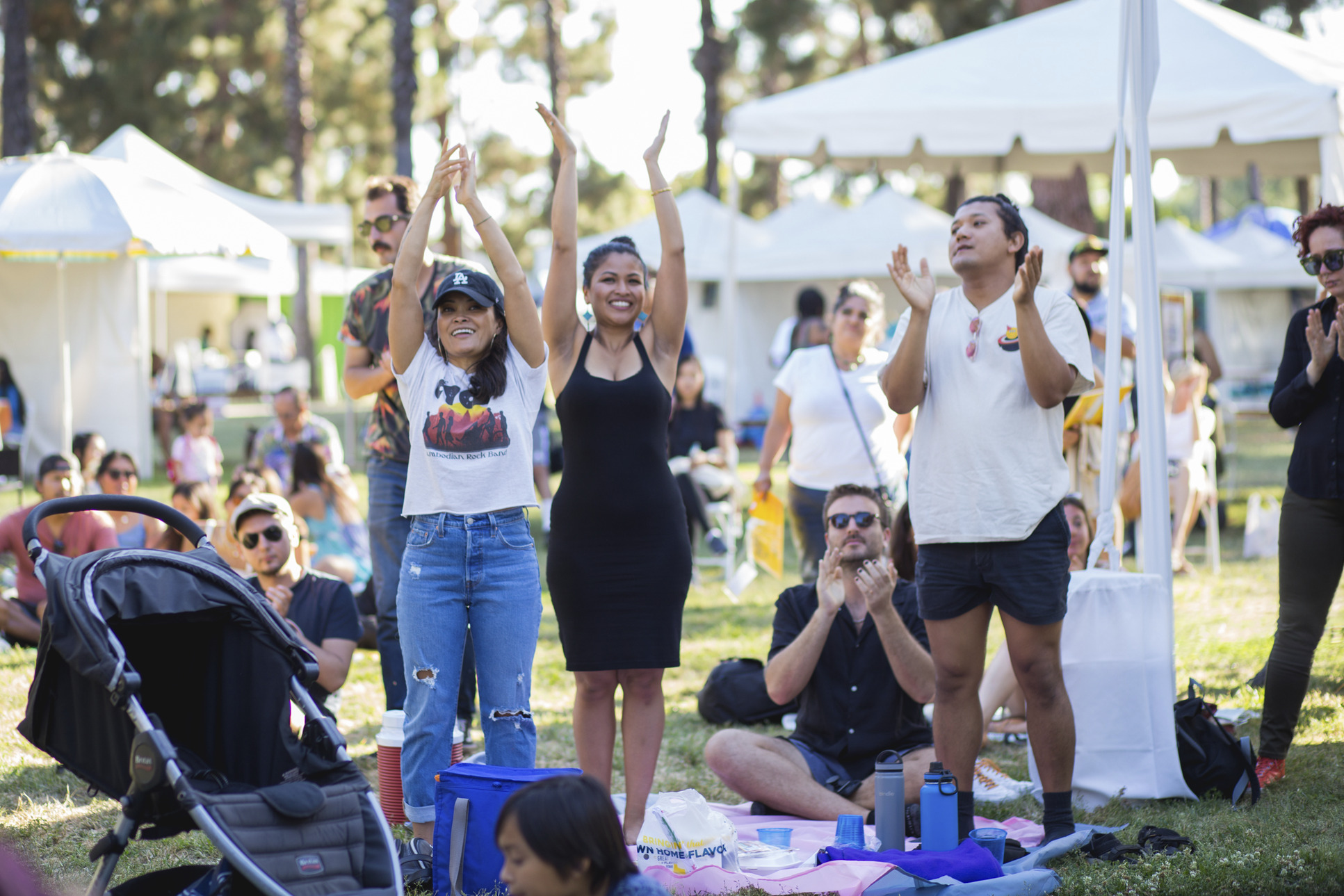
Maintaining vibrant and attractive public spaces, especially in downtown locations, does currently face several challenges:
- The rise of hybrid work has drained cities of downtown workers who activate places during weekday daytimes, leaving many public spaces underused
- A rise in urban living has brought new residents to many downtown areas, but often more recent, high-end residential buildings provide private amenities that disincentivize residents from using public shared spaces
- A rise of people experiencing mental health and drug/alcohol issues in public space are creating maintenance and safety concerns for many people
- City budgets are constricted, limiting what the public sector can operate, program, and maintain
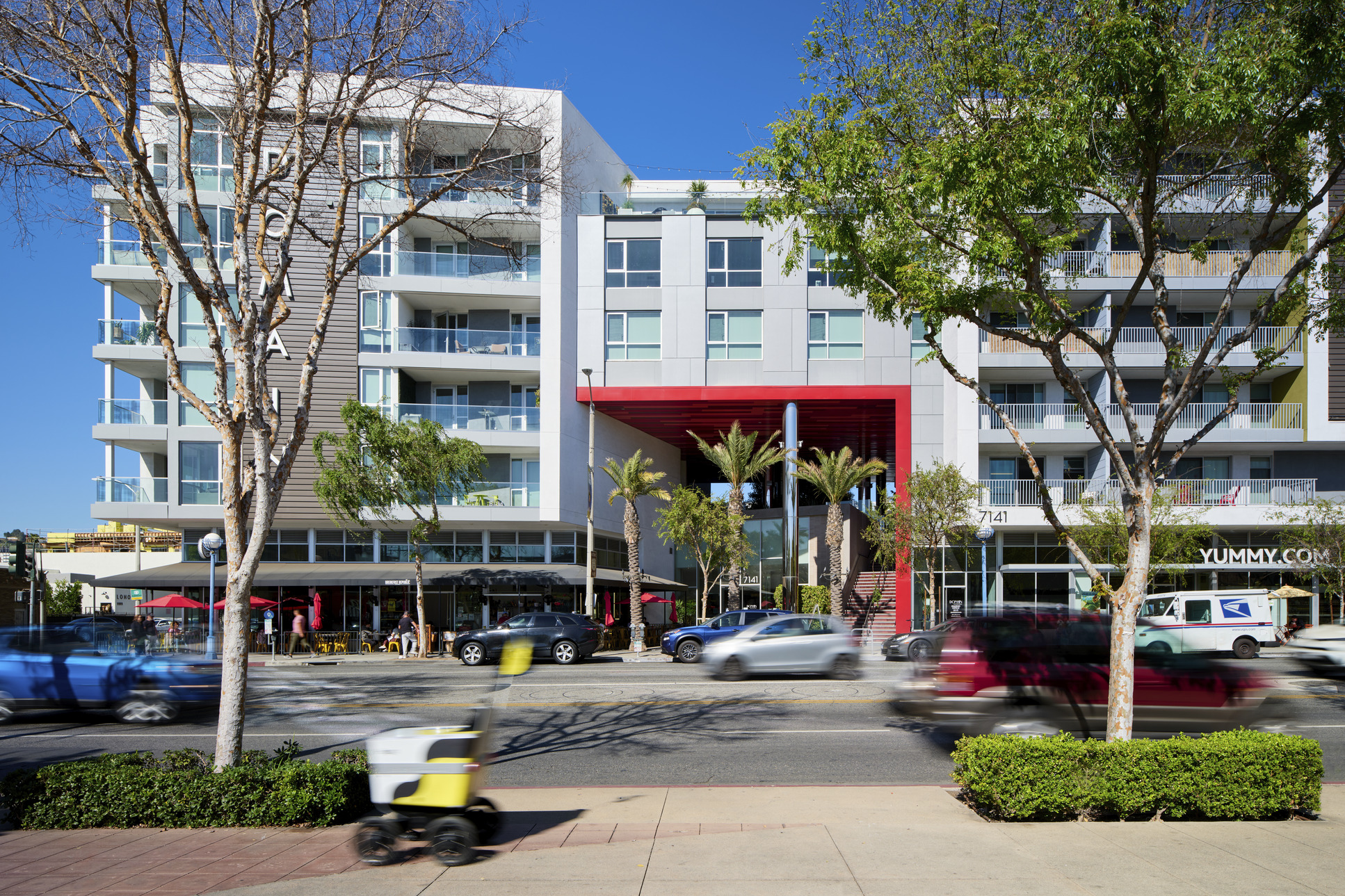
At Studio One Eleven, our mission to create more vibrant cities has expanded to an effort to program and activate public spaces. Building upon our engagement and tactical urbanism efforts, we have been participating in several activation events in public areas. Going beyond design and engaging with programming is a natural evolution for our mission. We’re taking this effort on because we understand that stewardship of public spaces is a shared responsibility that goes beyond the capacity of many public agencies, especially given today’s challenges.
Here are three things we’ve learned about activating public space:

1. Know the why
It’s essential to know the goals and objectives of activation to make the case and attract collaborators and funding. Creating activities that attract users and ward off disruptive behaviors and blight is critical. But going beyond that to connect residents and visitors, promote local businesses, and give institutions a larger venue to fulfill their mission and increase their identity can enlarge the opportunity
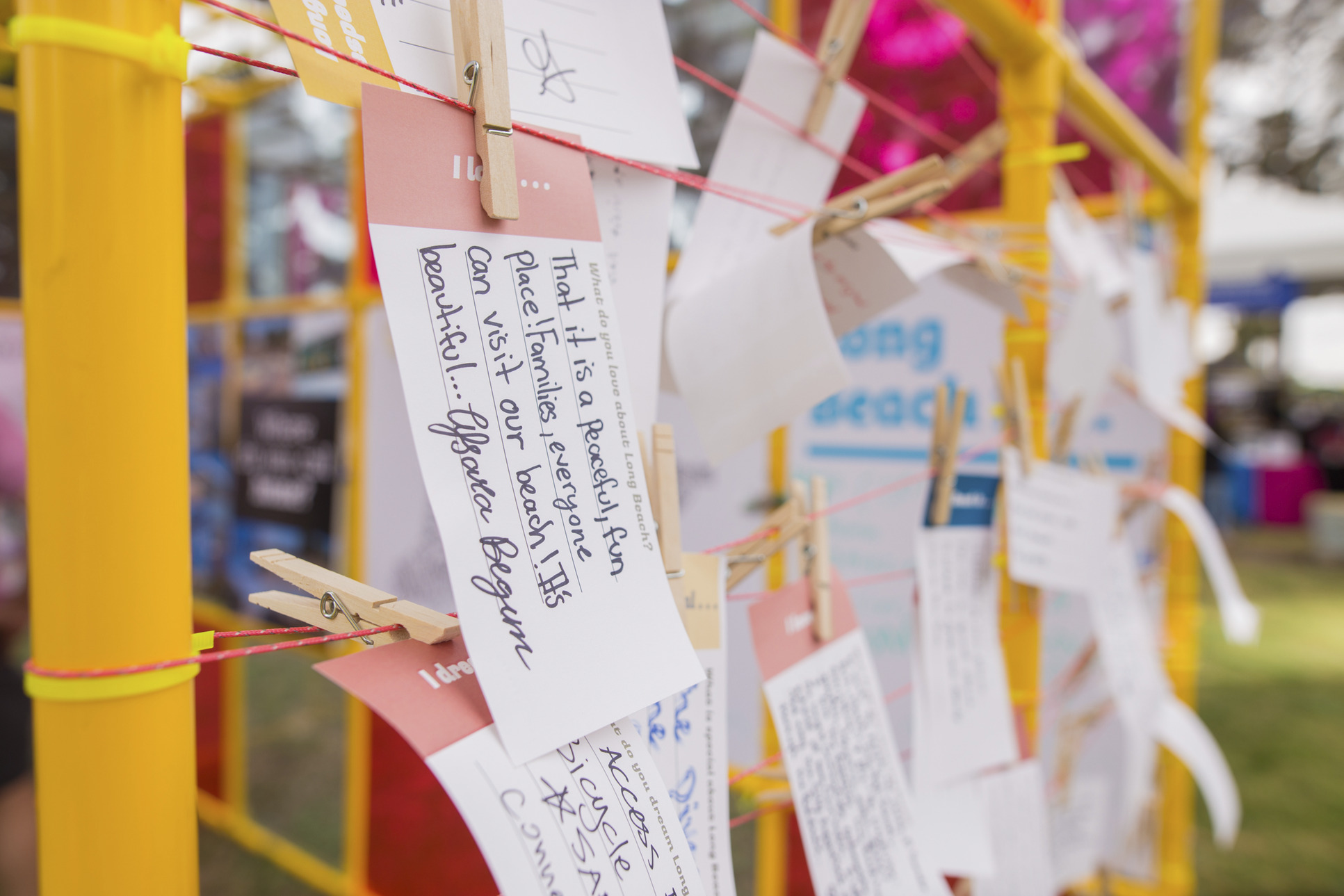
2. Attract collaborators
For the Getty 25 Festival, we helped bring to a large North Long Beach Park, organizing a collaboration of arts, culture, and business interests to organize the event. The broad perspective, deep local networks, and expanded marketing outreach, not to mention the energy of a diverse and engaged group, helped make the event a huge success
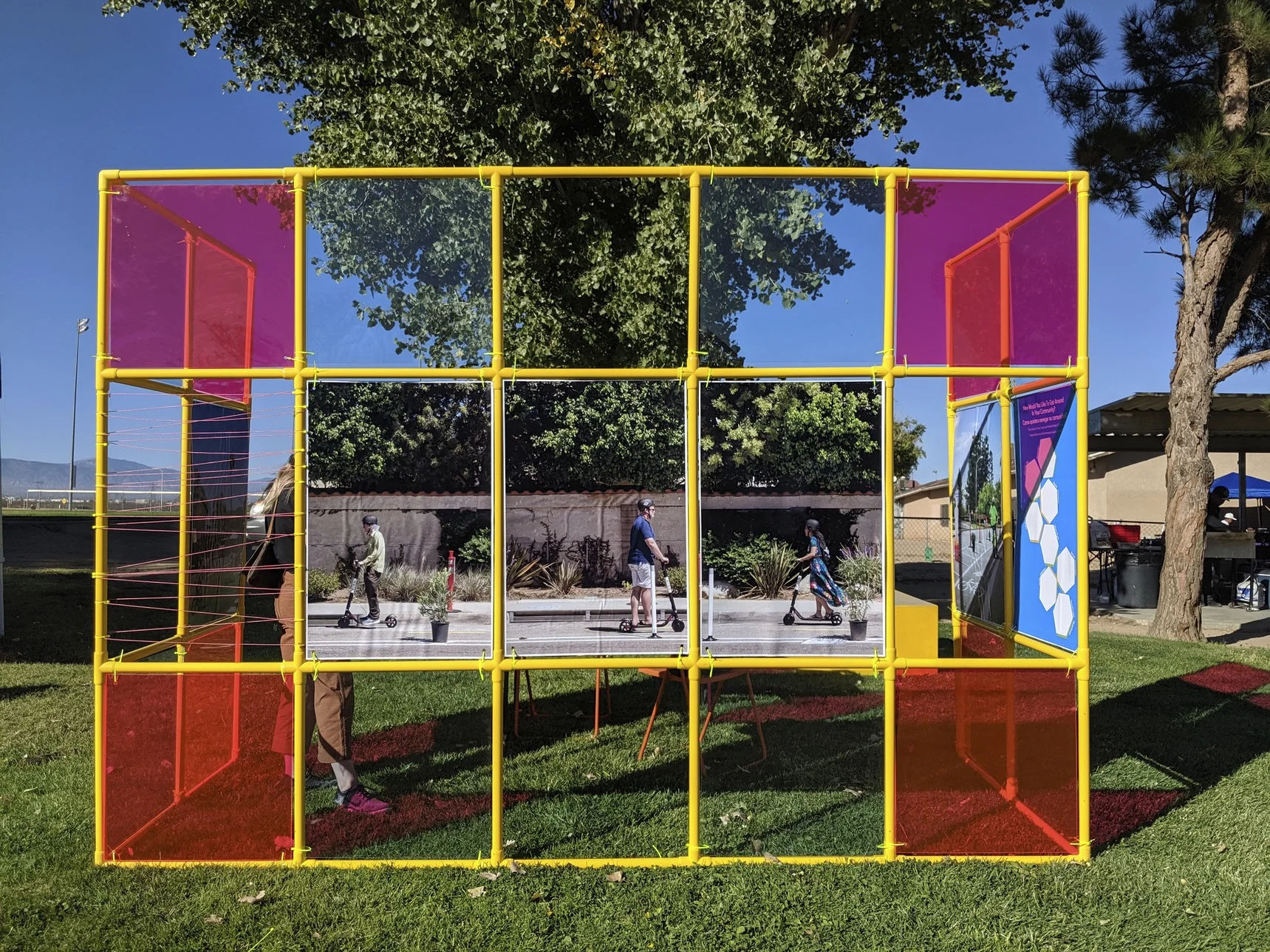
3. Have an extended plan
Activations are time-consuming and take a lot of resources. For our current work, to assist in activating Lincoln Park in Downtown Long Beach, we are starting with a “Phase 0” activation that will set the stage for future efforts. The goal of phase 0, funded by a Knight Cities Civic Grant, is to show the potential to the neighborhood about how this urban park can be used. The larger objective is to catalyze a group of funders and collaborators that include the City, the local Business Improvement district, neighborhood associations, and civic institutions to sustainably create a mechanism for long-term programming and funding into the future.
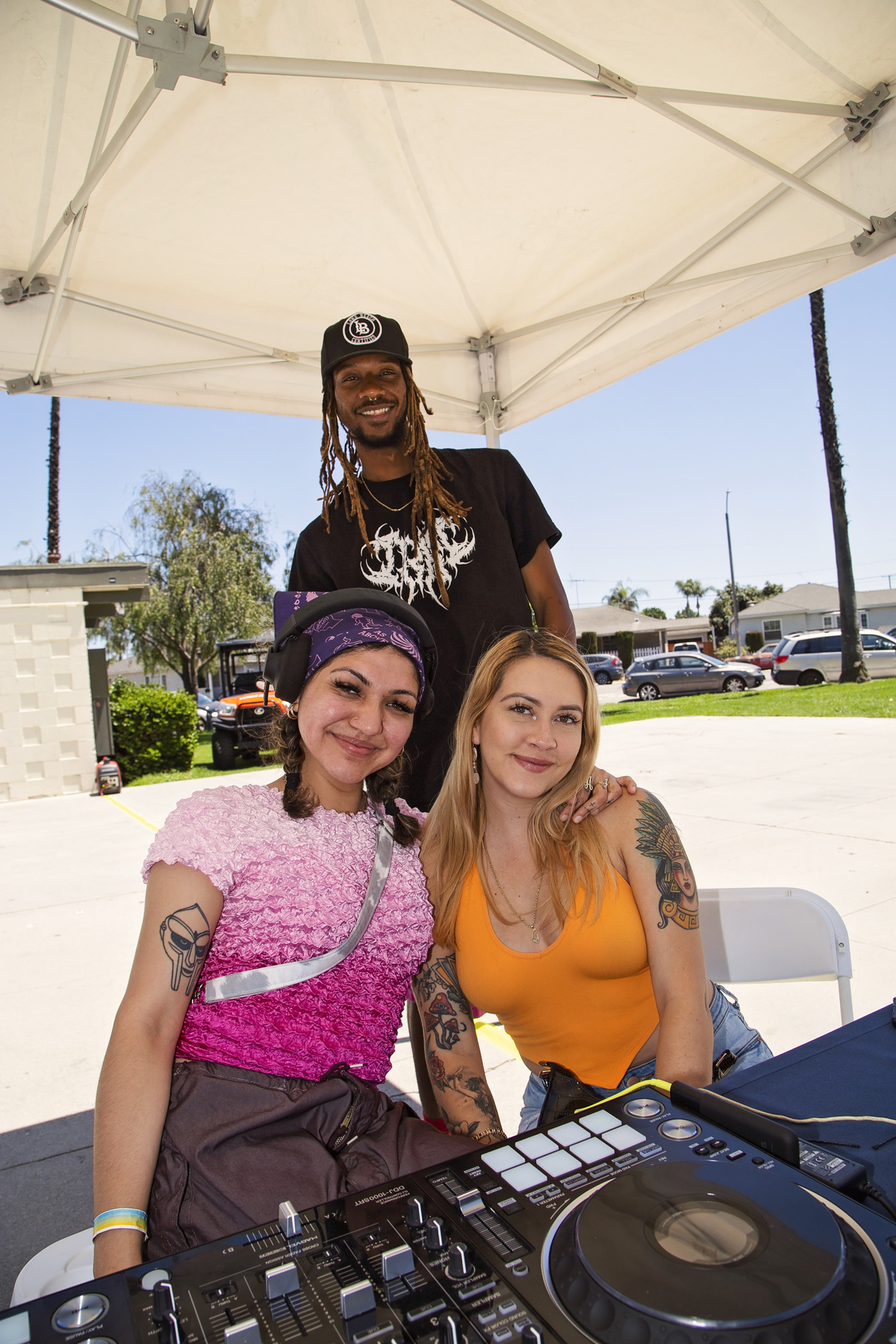
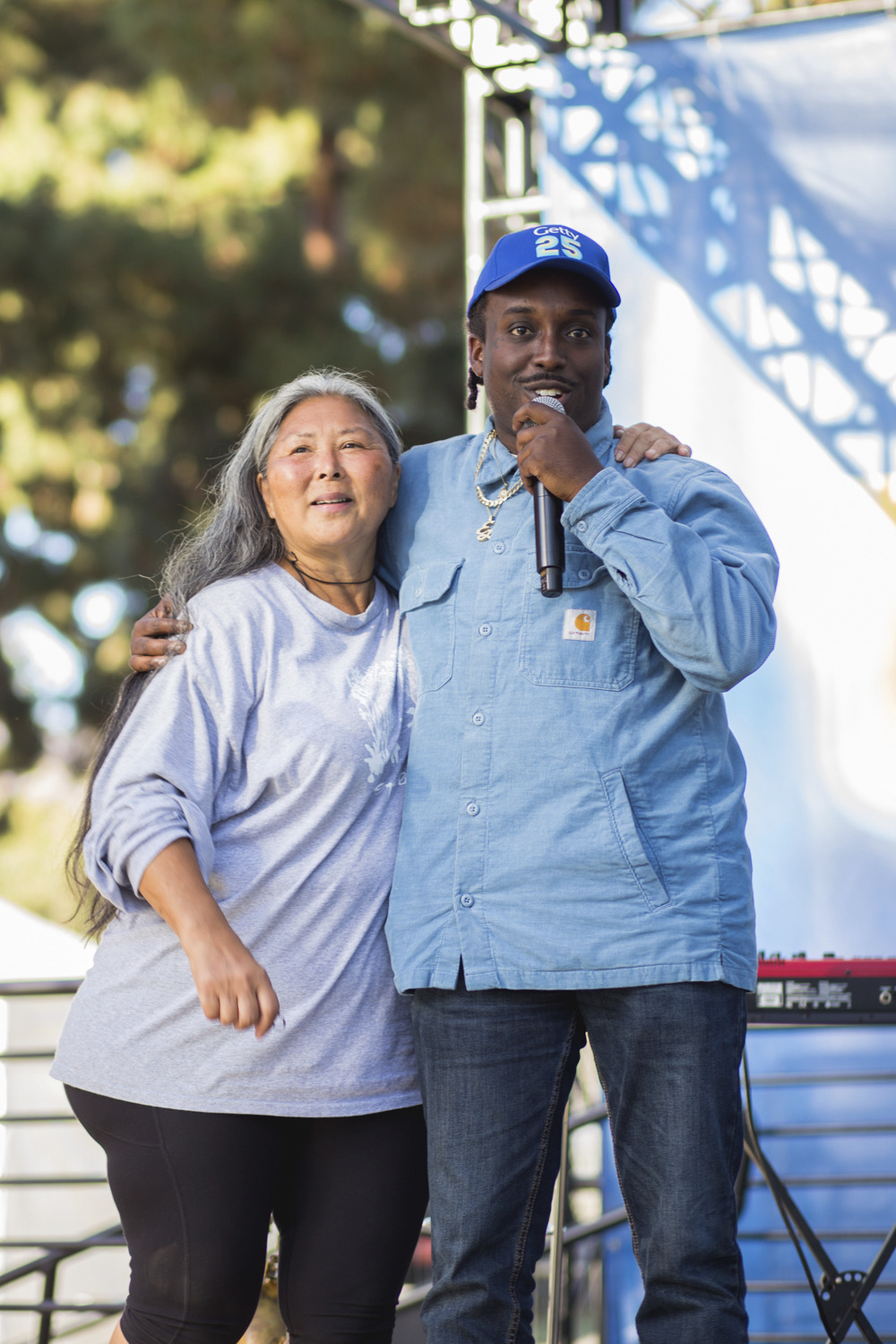
Talking Points Interview with Alan Pullman,
“The Future of Urban Life: What will Cities Look Like and Feel Like in a Post-Pandemic World?”